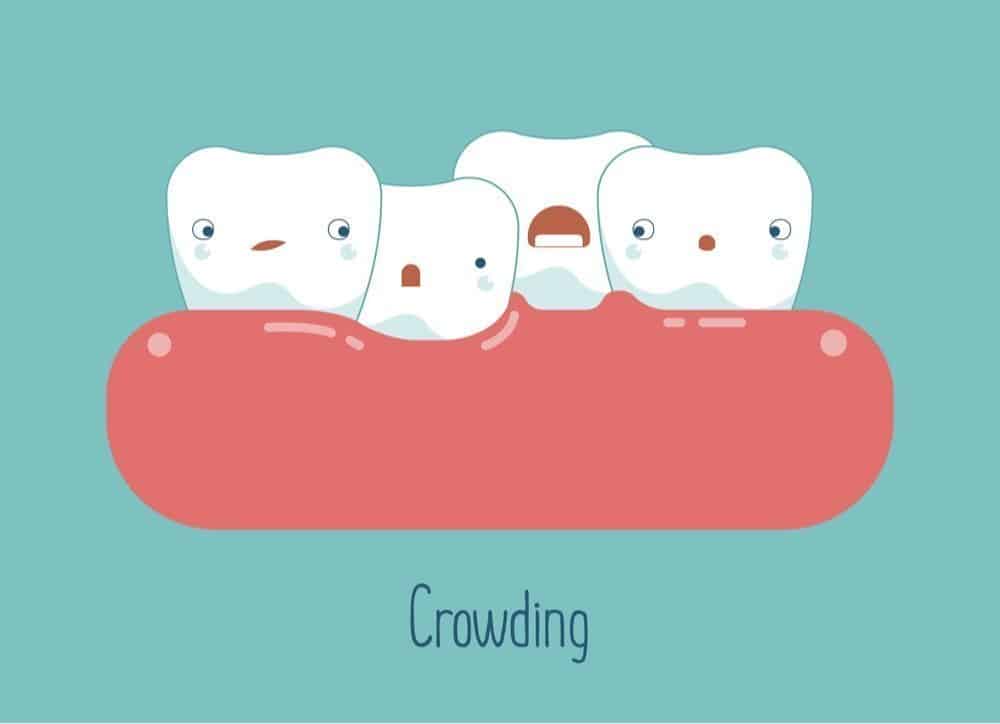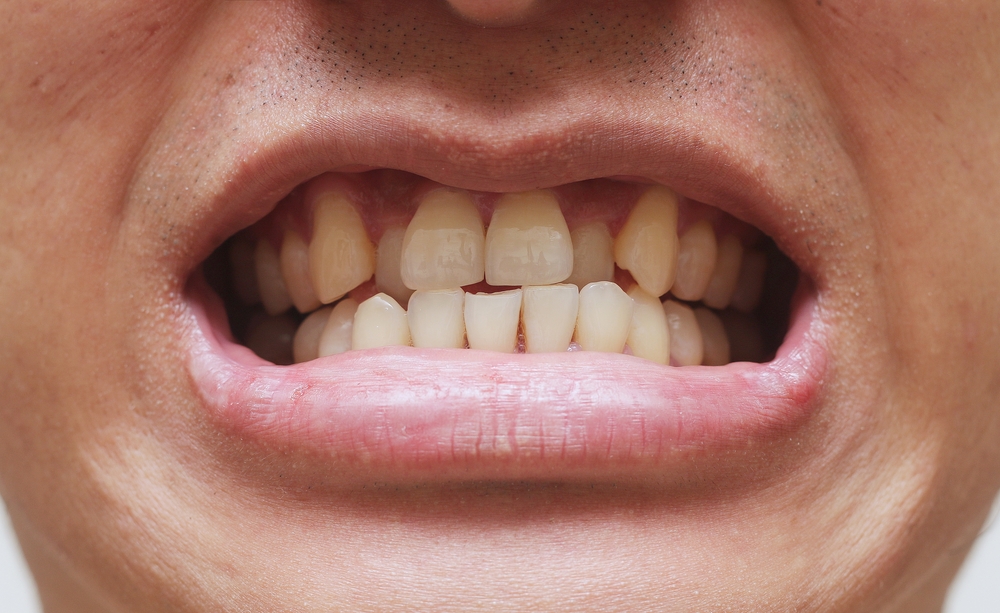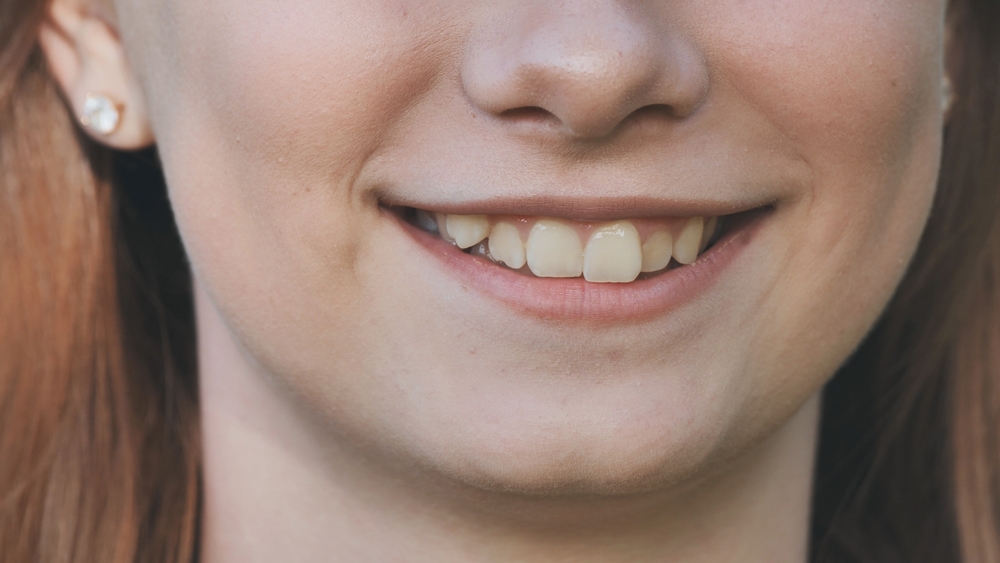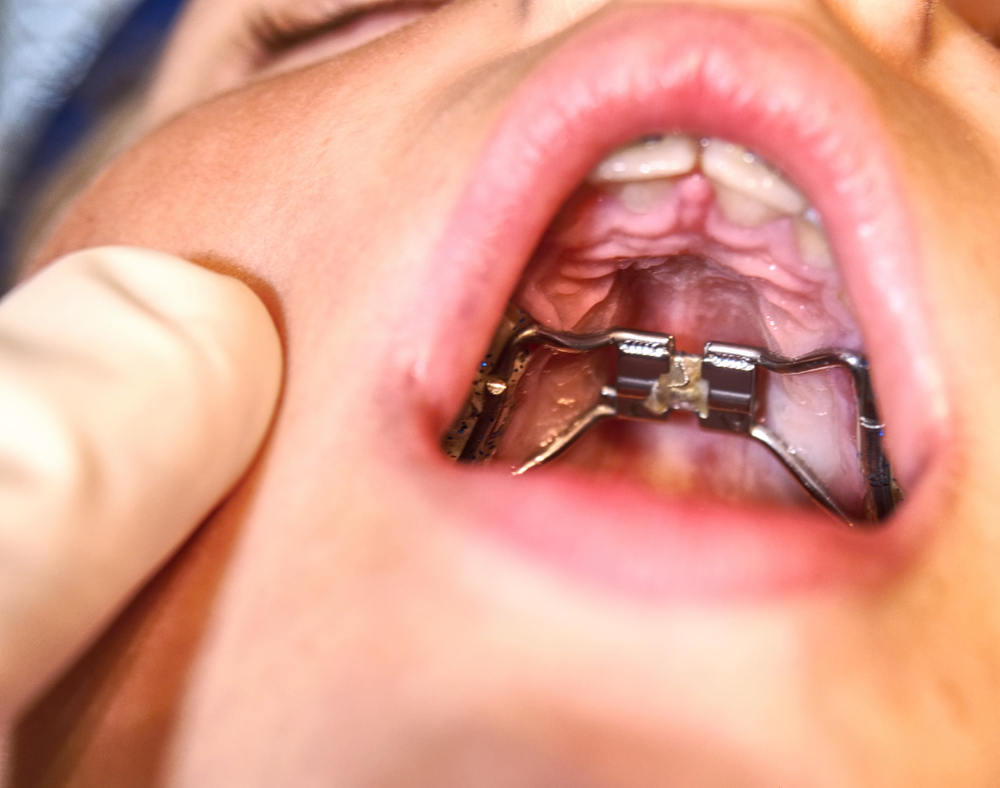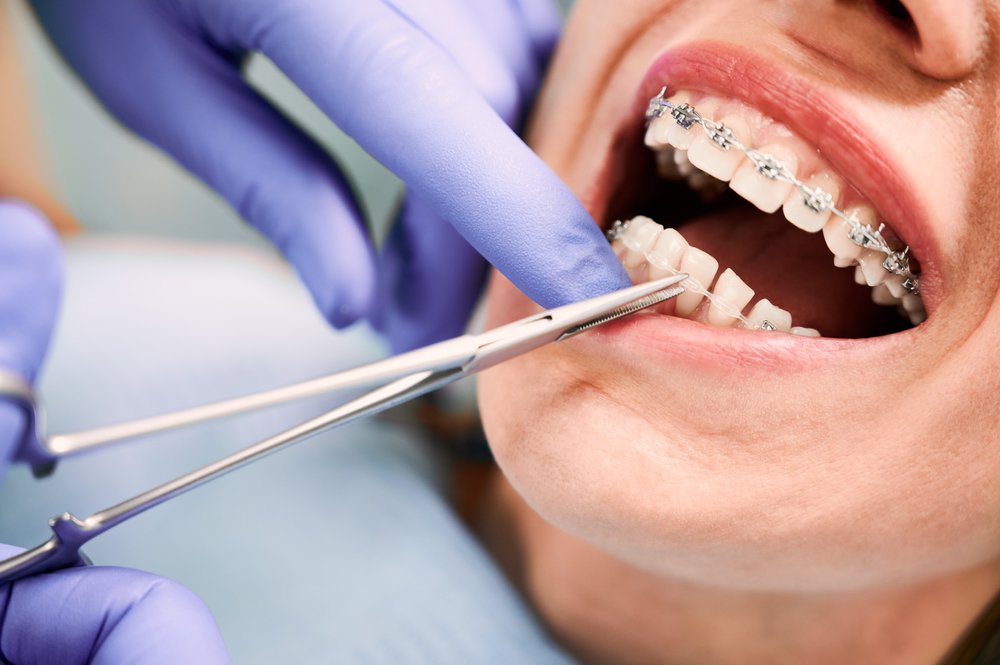Diagnosing Teeth Crowding
The diagnosis process for teeth crowding involves several steps and utilizes a combination of visual examination, dental X-rays, and sometimes digital scans to assess the extent and nature of the crowding. If you're considering orthodontic treatment for teeth crowding, understanding what to expect during the diagnosis process can help you feel more prepared and informed. Here’s a breakdown when looking to diagnose teeth crowding and find the right solution: Initial Consultation The first step in diagnosing teeth crowding is an initial consultation with your orthodontist. During this visit, you'll discuss your dental history, any concerns you have about your teeth, and what you hope to achieve with treatment. This conversation helps the orthodontist understand your specific needs and expectations. Oral Examination The orthodontist will conduct a thorough oral examination to visually assess the crowding, the health of your teeth and gums, and any related orthodontic issues like bite misalignment. This examination provides a preliminary understanding of your [...]

